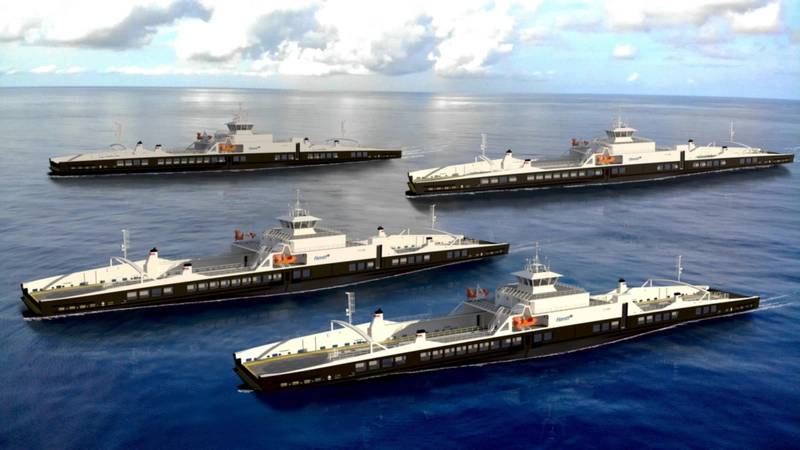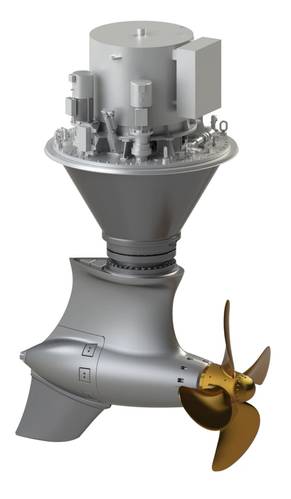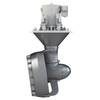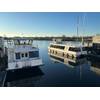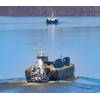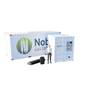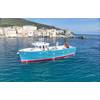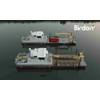Schottel to Propel World’s First Autonomous Electric Ferries
A series of four zero-emission and autonomous ferries, to be built by Turkish Tersan shipyard for Norwegian ferry operator Fjord1, will be propelled by Schottel’s EcoPellers.
The double-ended vessels will be the first of their kind in the world, with Norwegian HAV Design tasked to deliver the ship design and an engineering package.
Two electrically driven Schottel EcoPellers type SRE 340 will be installed in each of the 120 meter long and 18.60-meter-wide vessels.
The L-Drive variant or “embedded L-Drive” significantly reduces the installation height of the thrusters, according to Shottel.
By eliminating the upper gearbox, mechanical losses are further reduced. Together with the high hydrodynamic efficiency, this results in significantly lower energy consumption and therefore lower battery capacity, which in turn reduces OPEX and CAPEX.
Each unit has a propeller diameter of 2,100 mm and an input power of 1,200 kW. The thrusters will be equipped with SCHOTTEL’s condition monitoring system MariHub to enable condition-based maintenance.
Fjord1's new autonomous ferries will improve connectivity on the Lavik-Oppedal route from September 2026.
Each vessel will have a capacity of 399 passengers including crew and 120 passenger cars. To replace manual functions with a high degree of autonomy, a land-based control center is planned to monitor and potentially remotely control the ferries.
The ferries will be deployed across the Sognefjord, approximately 60 miles north of the city of Bergen on the west coast of Norway.
Beginning September 2026, the zero-emission ferries will operate between Lavik and Oppedal, Norway.
Implementation of automation functions and autonomous systems, including autocrossing and autodocking, will take place in 2027, while autonomous navigation will be implemented in 2028.




